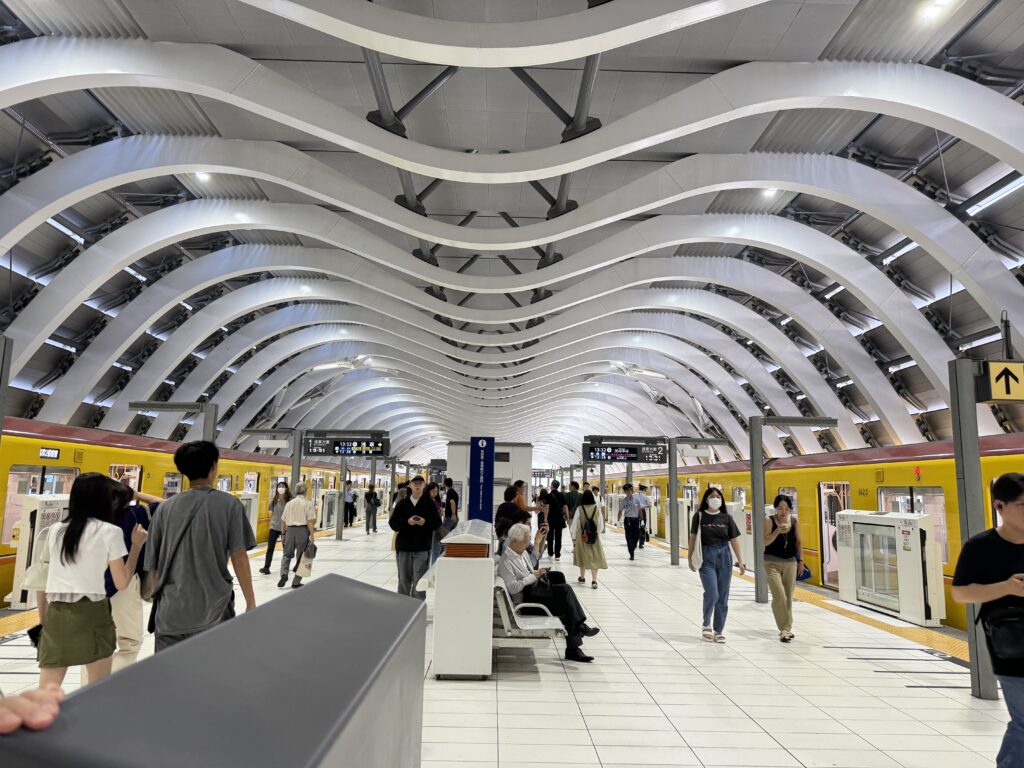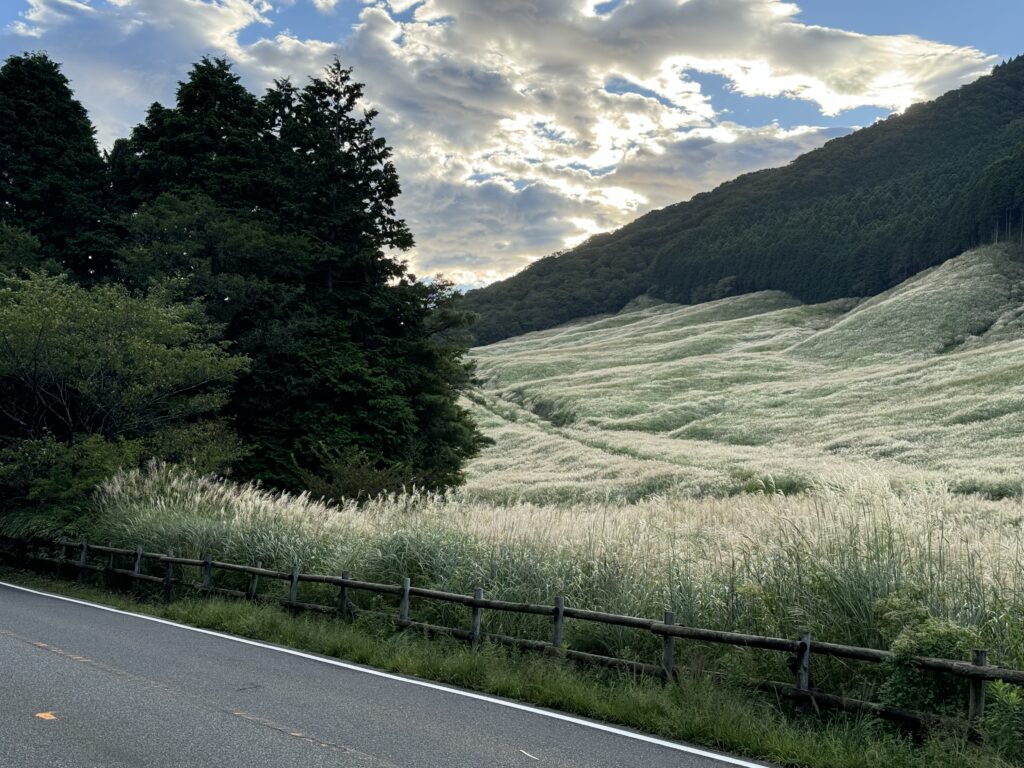The great Kantō plain, the largest swath of flat arable land on the Japanese archipelago, is home to Tokyo. A cacophony of concrete and glass explodes from the ground. This should be expected as Tokyo, like a phoenix, has risen from the ashes of destruction twice in the last 100 years.

In September 1923, an earthquake, coupled with the ensuing fires, a 10 meter tsunami and typhoon, destroyed over half of the city. Tokyo had a 6 year plan to rebuild with a focus on transportation and modernizing the city center.

Fifteen years later, at the end of WWII, allied fire bombing had destroy much of the city. In 1945, Japan was bankrupt. Tokyo competed for scarce resources with the other urban areas. Yet, they were able rebuild by focusing their limited resources on transportation and critical government services while the citizens focused on rebuilding homes and businesses. Each ward has its own unique feel and footprint.


The Korean War was a boon to Japan’s recovery as the US used Japan as a staging area. The industrial base grew and the Japanese became a nation of producers and consumers. Japan’s industrial miracle and Tokyo’s population surge fueled construction and stratospheric increases in real estate prices.
Tokyo had a population of 10 million in 1950. By 1990, it was over 30 million. Today, Tokyo is considered the most densely populated city in the world.
Changes to building codes after 1990, accelerated the construction of skyscrapers. The architecture is interesting but discordant. The glass and concrete in some areas of the city can feel a bit sterile and even dystopian. However, a ten minutes walk will put you in a quaint neighborhood of two story wooden buildings clustered along serpentine paths.

The greater Tokyo area includes many beautiful and historic regions.
Kimberly, Bryan and I headed to Kamakura for a day. The city is a 40 minute train ride from the center of Tokyo. It was the center of political power at the end of the Genpei war. The Kamakura shogunate lasted 150 years. Kamakura has beautiful Buddhist temples, Shinto Shrines, sand beaches and hiking trails.

I traveled to Hakone later in the week. Lake Ashi, hot springs and local festivals, make Hakone an ideal weekend getaway. The contrast with Tokyo couldn’t be greater. The terrain has a majestic quality.
I was able to meet and speak with a Geisha. In 1920, there were 80,000 geishas, today there are fewer than 1200. The geishas in Hakone are less traditional as they can be married and do not need to go through seven years of formal training. The geishas are involved in many festivals and continue to serve a role in Japanese society.


I also met two retired sumo wrestlers. They were delightful. I learned a lot about sumo and it gave me an appreciation for the sport. There are only 600 sumo wrestlers and fewer than 1/3 of them earn a reasonable income. There aren’t any weight limits in sumo. The competitors could have a difference in weight of more than 200 pounds. Some sumo are foreign born, coming from Mongolia and Turkey. An American born sumo was the first foreign born wrestler to reach the top rank of sumo.
Next, we’re off to explore the older and more conservative area of Japan.
